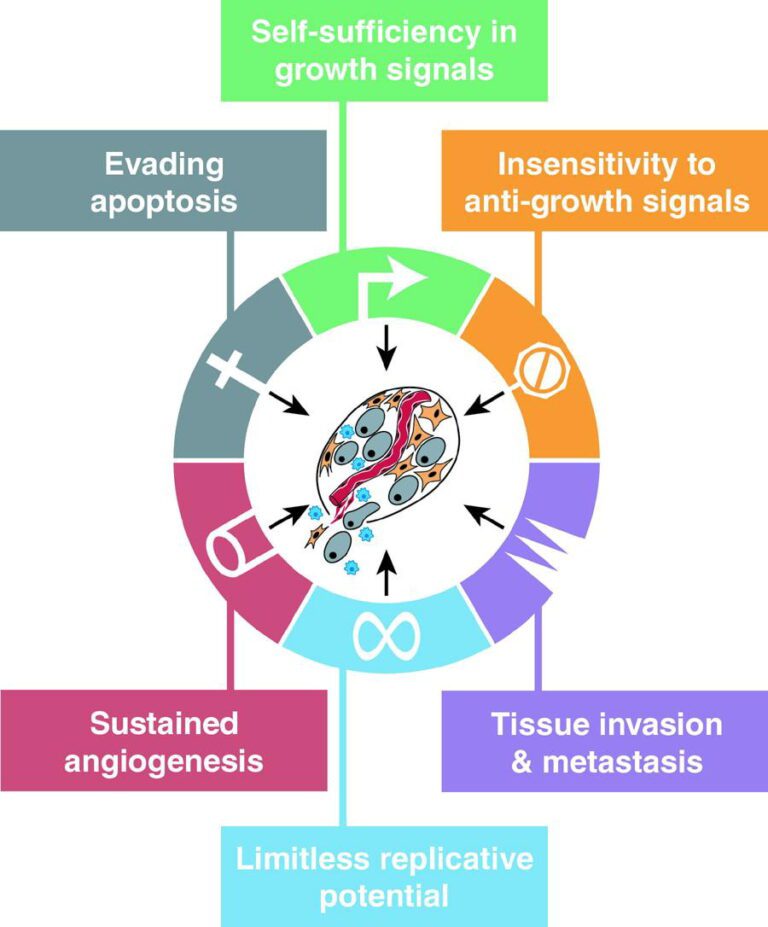Page Contents
Even though statistically there are more people age 60 and above diagnosed with cancer as compared to the young ones, but nowadays, cancer is no longer an ageing disease. There is an increasing trend of cancer incident among adolescents and young adults.
There are several reasons why there are increasing cases of cancer detected at any age:
- We are living longer; this increases the number of cases in the overall population.
- Availability of processed foods depreciate nutrient intakes.
- Exposure to more carcinogenic stimuli and pollution in our daily life.
- Long-term exposure and accumulation of stimuli in our bodies.
- Advancement of diagnostic technologies and cancer markers for early detection.

Cancer types and stages
When we talk about cancer, we often come across cancer, tumour, and lump.
- Lump also known as cyst, it is a mass filled with fluid or fat deposits. Usually, it is not cancerous.
- Tumour is the solid mass of abnormal cells; this term is used when first detected through doctor examinations. At this time, the cancerous stage is unknown, further pathological examination is needed for verification.
- Cancer is a condition where tumour cells are outgrowing neighbouring normal tissues in a faster rate, competing for space and nutrients.
Cancers can evolve in 2 stages. Benign tumour (non-cancerous) does not invade other sites of the body. While malignant tumour (cancer) spread to other parts of the body through blood or lymph system, this process is known as metastasis. Although it may seem that benign tumour is safe, but in the case of brain tumour, where the mass expands in a confined space, it could apply pressure to neighbouring brain tissues and affect corresponding brain-body functions.
Cancers can be either carcinomas or sarcomas.
- Carcinomas form in the cells that make up the tissue lining organs such as the liver or kidneys.
- Sarcomas form in the connective tissues, such as the fat, blood vessels, nerves, bones, muscles, deep skin tissues and cartilage.
Characteristics of cancer cells
In 2000, Hanahan and Weinberg published a model of the hallmarks of cancer (Figure 1) to summarise the biological characteristics of cancer cells. Ever since then, this article has gained high popularity among clinician scientists and cancer researchers.
In 2010, Hanahan enhanced the model by proposing two additional hallmarks and two enabling characteristics. You can read the original review paper here.
The 6 basic biological characteristics of normal versus cancer cells are shown in the Table 1 below:


DNA repair mechanisms
In a normal situation, your cells have a robust defend mechanism. When DNA is mildly damaged, signals will be sent to stop cell replication and activate repair mechanism. This repair mechanism will rectify the damaged DNA to its original state. However, when DNA sustains major damages beyond repair, the cell triggers another mechanism to destroy itself, preventing it from growing. This process is called programmed cell death or apoptosis.
In an abnormal situation, the repair and destroy mechanisms malfunction, it allows the cells to survive and restore the DNA without following a blueprint. This creates a mutant DNA and immortal cells which eventually could turn into cancer.
Causes of cancers
Any substance that causes cancer is known as a carcinogen. Carcinogen can be categorised under:
- Physical: High energy rays such as radiation and ultraviolet can damage your DNA. If DNA not repaired properly, it can turn into cancerous cells.
- Chemical: Asbestos, arsenic, acrylamide, tobacco, formaldehyde, etc. when enter into cells, can damage your DNA as well.
- Biological: Infected by oncogenic viruses, such as papillomaviruses, the Epstein-Barr virus, and the hepatitis B virus. These organisms invade your body and introduce their genetic materials into the cells, and it may then alter your genes.
Detection & treatment options
There are various diagnostic tools and techniques for the detection of cancer. Once confirm the diagnosis, doctor will decide the treatment options depending on the sites of the tumour, and the most effective treatment option.
Diagnostic
Different diagnostic methods and technologies have their own costs, accuracy, and complexity. Some examples are:
- Rapid detection kit: Faecal Immunochemical Test (FIT) for colon cancer
- Biomarkers: Cancer markers screening during blood test. e.g. Alpha-fetoprotein, Bladder Tumor Antigen, Calcitonin, Prostate Specific Antigen, etc. Click here for more information.
- Scanning technologies: Mammography (breast cancer), ultrasound, X-ray, CT, MRI, PET scan.
- Histopathology: Biopsy examination using microscope.
- Genetic testing: Cytogenetics screening on chromosomal level mutations, DNA sequencing for gene level mutations.
Treatment
Examples of choice that are commonly used for cancer treatment.
- Surgical removal
- Chemotherapy
- Radiotherapy
- Immunotherapy: For example, CAR T-cell therapy which uses modified T-lymphocytes to target cancer cells.
- Stem cell transplants: Introducing stem cells to bone marrow and produce healthy blood to outgrow remnant cancer cells.
Cancer treatment is not always single modality. Often, a combination of methods are used to achieve optimal results. Unfortunately, that also comes with unbearable pain and side effects.
How can you prevent cancer?
On a daily basis, you are exposed to various pollutants and carcinogens. It is important to identify them and take conscious steps to stay healthy.
- Quit smoking and avoid secondhand smoke.
- Avoid or reduce the consumption of alcohol.
- Eat healthy diet by following healthy plate.
- Exercise regularly and maintain healthy BMI.
- Use sunscreen products to reduce ultraviolet damage on your skin.
- Get Hepatitis B and HPV vaccination.
Conclusion
While health screening does not prevent you from getting cancer, but it does help to capture any telltale signs of cancer in early stage. Early identification will help the cancer respond better to the treatment, increase survival rate, and incur less medical costs.
Another important consideration is to get appropriate insurance protection. In our earlier article, we went through insurance for critical illnesses. Having sufficient protection will ensure the treatment doesn’t eat into your savings or retirement fund.
